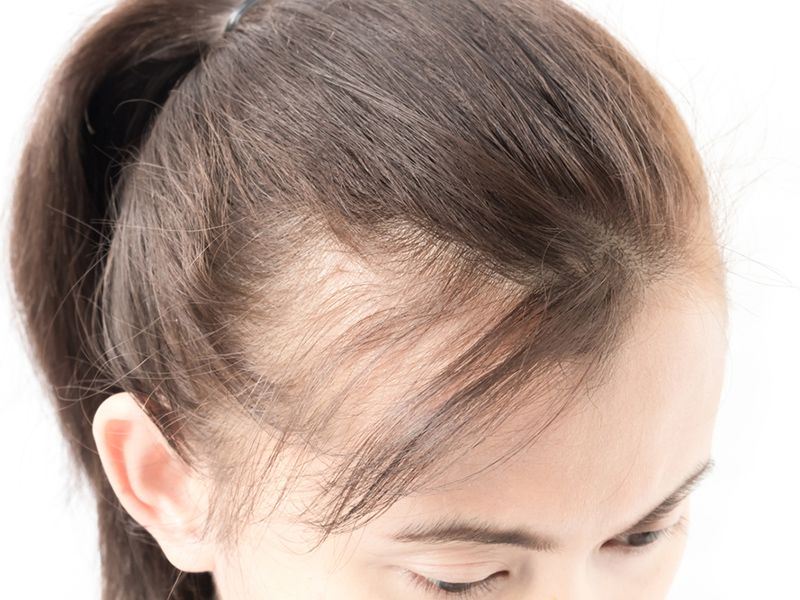
Male/female pattern hair loss, otherwise known as androgenic alopecia, is caused by your genes. This type of hair loss runs in the family. It can be inherited through either side of your family (mom or dad) and can even skip generations. If your Grandpa had hair loss but your dad doesn’t, you can still inherit “the gene”. If you are lucky enough not to get this inherited trait, it can still affect your brother or sister. In the worst case scenario, where you are the unfortunate one that gets the hair loss and your brothers and sisters make it out unscathed, that stinks . . . But the team of hair restoration specialists at the Toronto Hair Transplant Clinic can help.
Advancements In Treating Genes
We have yet to completely understand how to directly treat gene-related conditions through a gene-manipulation process. The advancements in understanding the genetic code are increasing rapidly. Yet we still have not been able to fully realize how to manipulate genes to treat or prevent disease and conditions like androgenetic alopecia.
Although science has not been able to discover a remedy yet, advancements have been made that will allow us to identify certain genetic predispositions to pathologic conditions. This knowledge will allow us to take certain precautions to modify the full impact of the condition and avoid a certain genetic fate.
The specific genes that are involved in the growth of hair have yet to be completely isolated and identified. It will not be possible to develop a treatment to reverse the effects of hair loss until we are able to, without any doubt, identify the genes that are directly linked to hair growth and hair loss. However, with androgenic alopecia, it is not necessary at this stage to have to wait for gene therapy to overcome the physical results.
Treatments
Treatments such as finasteride can block the hormone DHT that causes hair loss, allowing patients to slow down the progression of hair loss. Minoxidil is a treatment that reverses the effects of miniaturization and can help to thicken up existing hair, thereby also slowing the hair loss progression. The most effective treatment is still a hair transplant. If you have already lost hair in an area due to male or female pattern baldness, your only option to get hair back in this area is a hair transplant.





